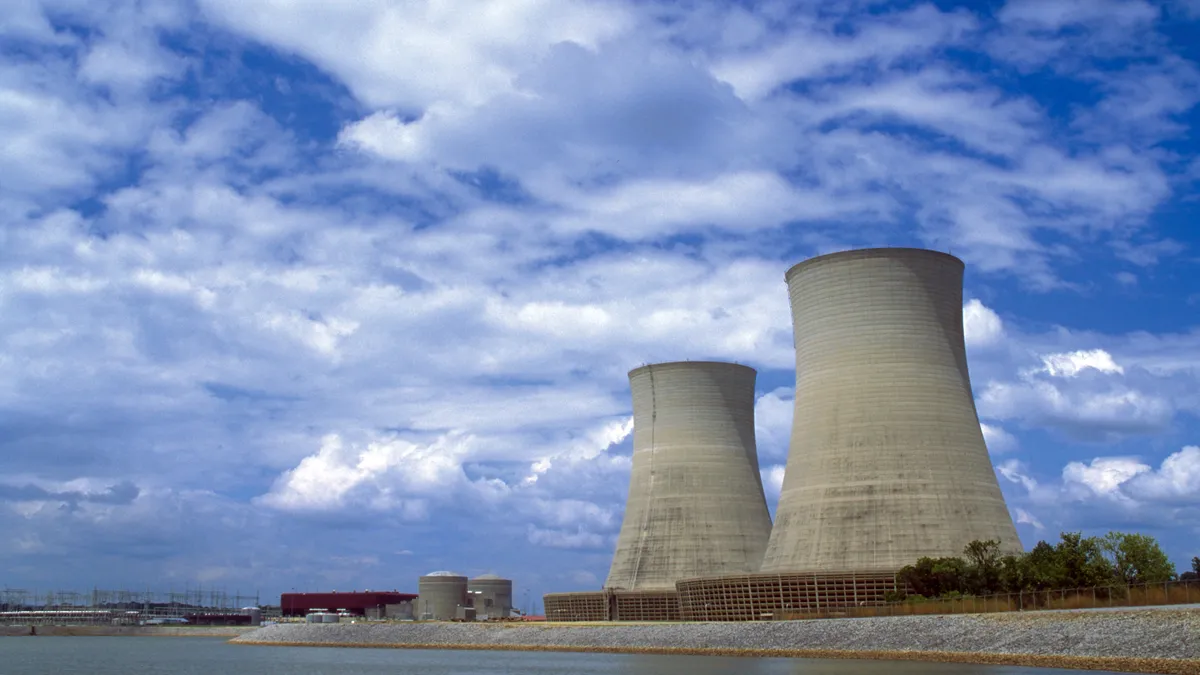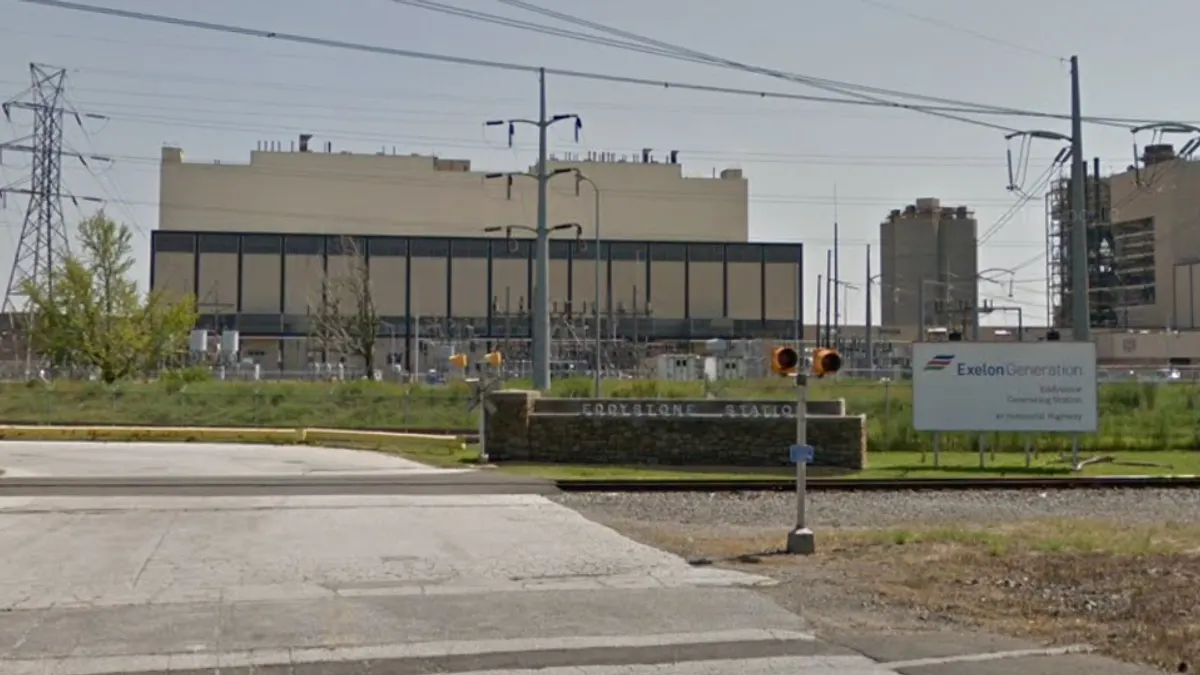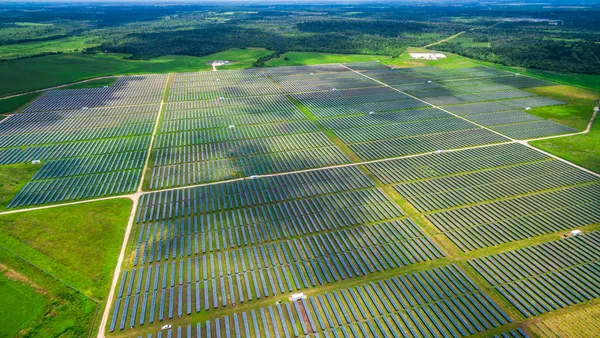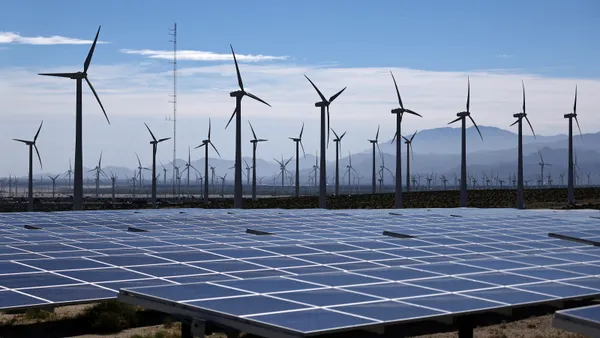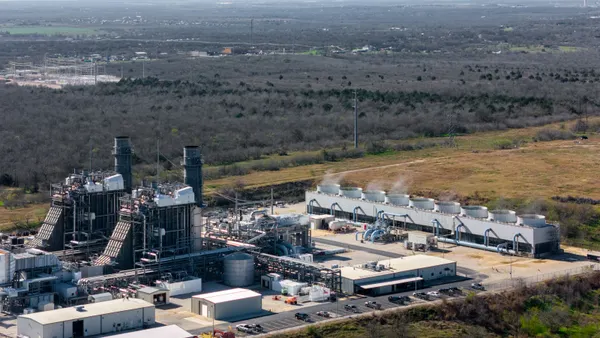Dive Brief:
- The terms on power contracts supporting utility-scale solar projects are getting shorter, injecting risk into the long term value equation and potentially meaning some projects are unable to find financing, according to a new research note from Bloomberg New Energy Finance.
- PV Magazine reports on the analysis, which warned that energy prices may not rise fast enough to support the residual value for projects after contracts run off, potentially turning them into "quasi-merchant" generators.
- The shorter contract lengths are driven in part by how states choose to implement the Public Utilities Regulatory Policy Act (PURPA), but there have been efforts in some states to change those rules to shorten terms.
Dive Insight:
PURPA mandates utilities purchase renewable energy from smaller renewable facilities, but how states implement the rules has been in focus recently.
In North Carolina, the second largest solar market in the country, Duke Energy wants to shorten PURPA contracts to 10 years while also allowing the utility to compete against independent developers. In Montana, regulators temporarily suspended the guaranteed rates for small solar projects at the request of NorthWestern Energy this summer.
But shorter contract terms could mean some projects are never built, according to BNEF. Assumptions that power prices will rise could also prove wrong, as natural gas remains cheap and more renewable energy is coming online.
Over the summer, the Federal Energy Regulatory Commission held a technical conference focused on PURPA, specifically examining the the rates and terms for qualifying facilities, and what size those facilities should be. Initially, most of the applications were for wind farms, but solar farms are declining in cost and make them feasible at PURPA's avoided costs.
In addition to Montana and North Carolina, utilities in Idaho, Oregon, Utah and Michigan have mounted battles against key provisions of PURPA.




